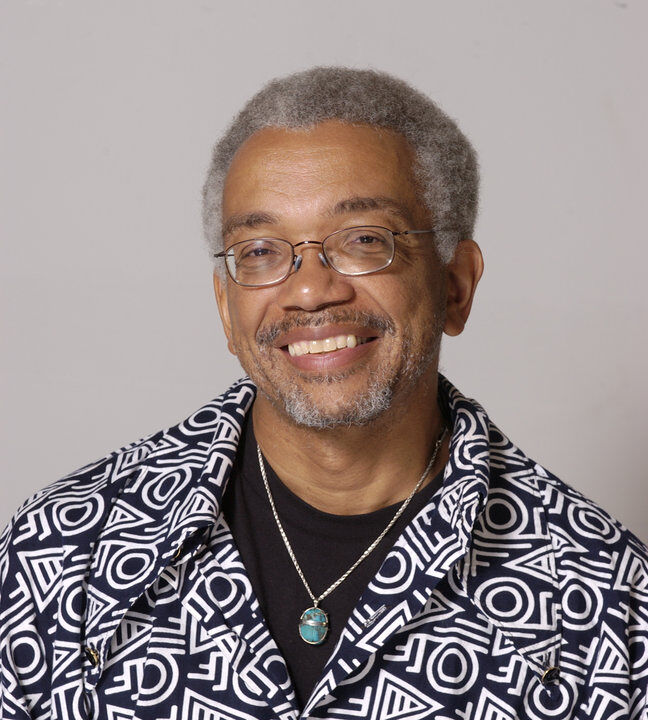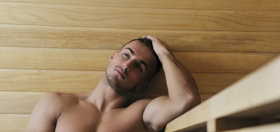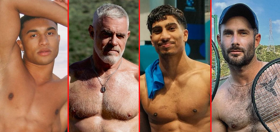
Comics always highlight superheroes as having a day job. Superman was a journalist and Batman ran a multinational company. While Patric McCoy doesn’t wear a cape, he is still no less of a superhero to the LGBTQ+ community. His superpower? His ability to balance being a scientist while capturing the world around him through a camera lens.
McCoy, a retired environmental scientist, has been documenting the world in front of him for decades as a photographer. His most recent exhibition, and maybe his most historic, has been years in the making. Take My Picture, an exhibit at Chicago’s Wrightwood 659 gallery is a culmination of thousands of images over the course of a ten year period. During this time, McCoy photographed various Black gay men documenting life in 1980s Black gay Chicago.
Unrehearsed and undirected, each subject has agency over their image. Photographed in black-and-white, McCoy’s photographs open a window into Chicago’s Black gay community centered around a popular queer haunt, the Rialto Tap. Whittled down to 50 photographs, McCoy’s Take My Picture exhibit paints a portrait of Black queer community, connection, and joy.
In today’s day, all three are seldom seen in the media, but are abundantly expressed within McCoy’s work. When it comes to the LGBTQ+ representation in art and media, it’s still overwhelmingly dictated by images of white gay men throughout various decades. McCoy’s work combats this narrative, making room for Black gay men to be seen in the world of the arts.
McCoy’s path wasn’t always geared towards documenting the world before him by developing film in a dark room. McCoy is an environmental scientist by trade, boasting degrees in chemistry and environmental science. But in college, he developed a love for art collecting, with his first original piece coming from his then roommate, setting him on two paths at the same time. Additionally, this became the first seed sowed towards eventually creating and growing the nonprofit Diasporal Rhythms designed to “to expand the appreciation of contemporary visual art created by artists of the African diaspora.”
He worked for the U.S. Environmental Protection Agency’s (USEPA) Regional Office in Chicago from 1976 to 2006. Before he retired, McCoy became a national expert on air pollution control measures within the petroleum refining industry and still found time to develop his photography skills on the side.
He received his first sophisticated camera in 1980, created a dark room with his father to develop photos, and then went on to teach himself about photography. A part of his self-training came from documenting the world around him, often snapping pictures of anyone who would ask for them while on lunch breaks. While on trips to the Rialto Tap, he would take photos of Black gay men that would eventually end up as part of his Take My Picture exhibit.
McCoy’s exhibit is not only a peek into a past era, it’s also a window into the lives of a Black gay community that no longer exists. Many of the men that he captured on film succumbed to complications with HIV, an epidemic that still disproportionately impacts Black and Brown queer men today. Not to mention, his photographs depict Black gay men in holistic ways, but most notably highlighting how multi-faceted Black masculinity can be.
So, not only is McCoy’s work increasing Black queer representation within the art world, he’s literally a conduit of Black gay Chicago’s history. At 72 years old, McCoy shows no signs of slowing down his love of photography and art collecting. With his presence in both, there’s one more person in this world ensuring that there’s Black queer representation continues to exist loudly and proudly.























